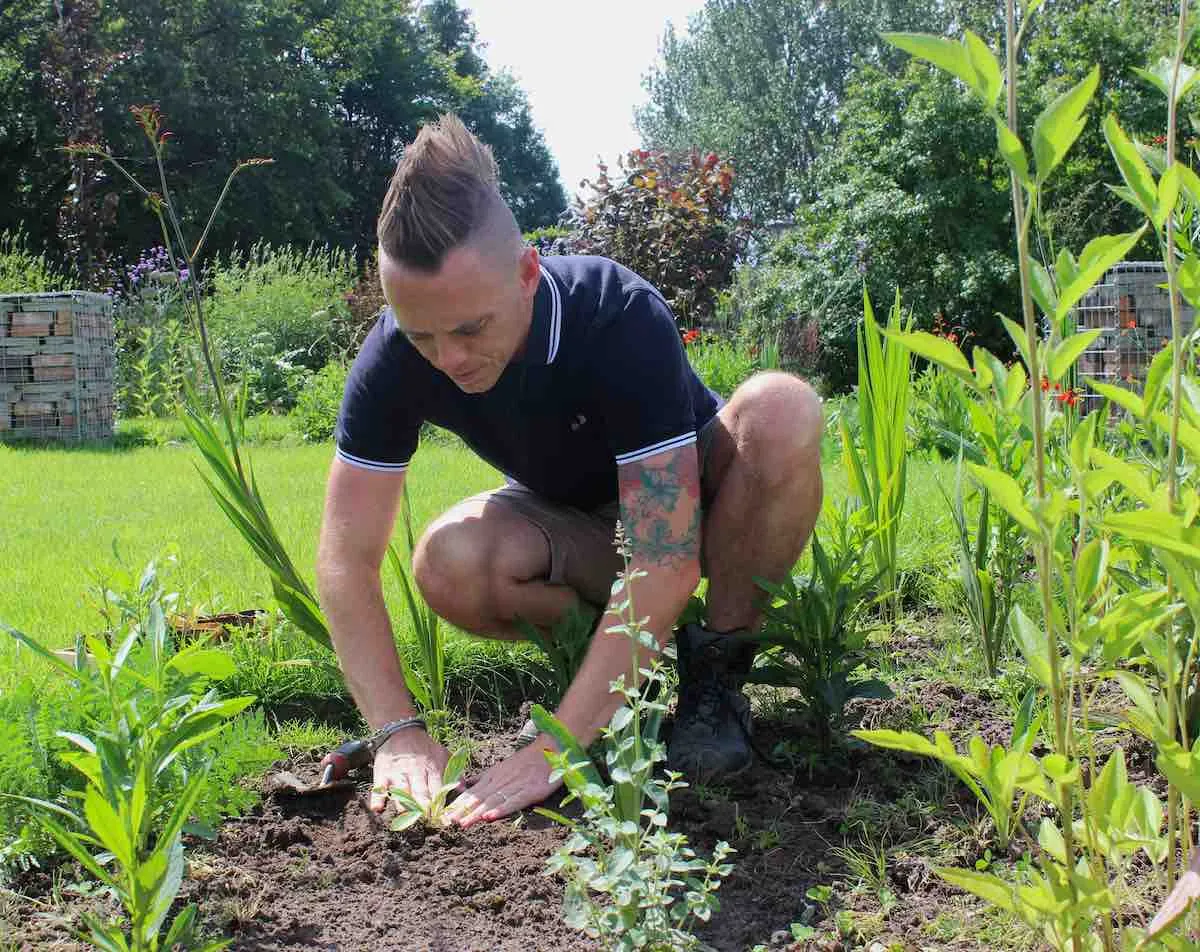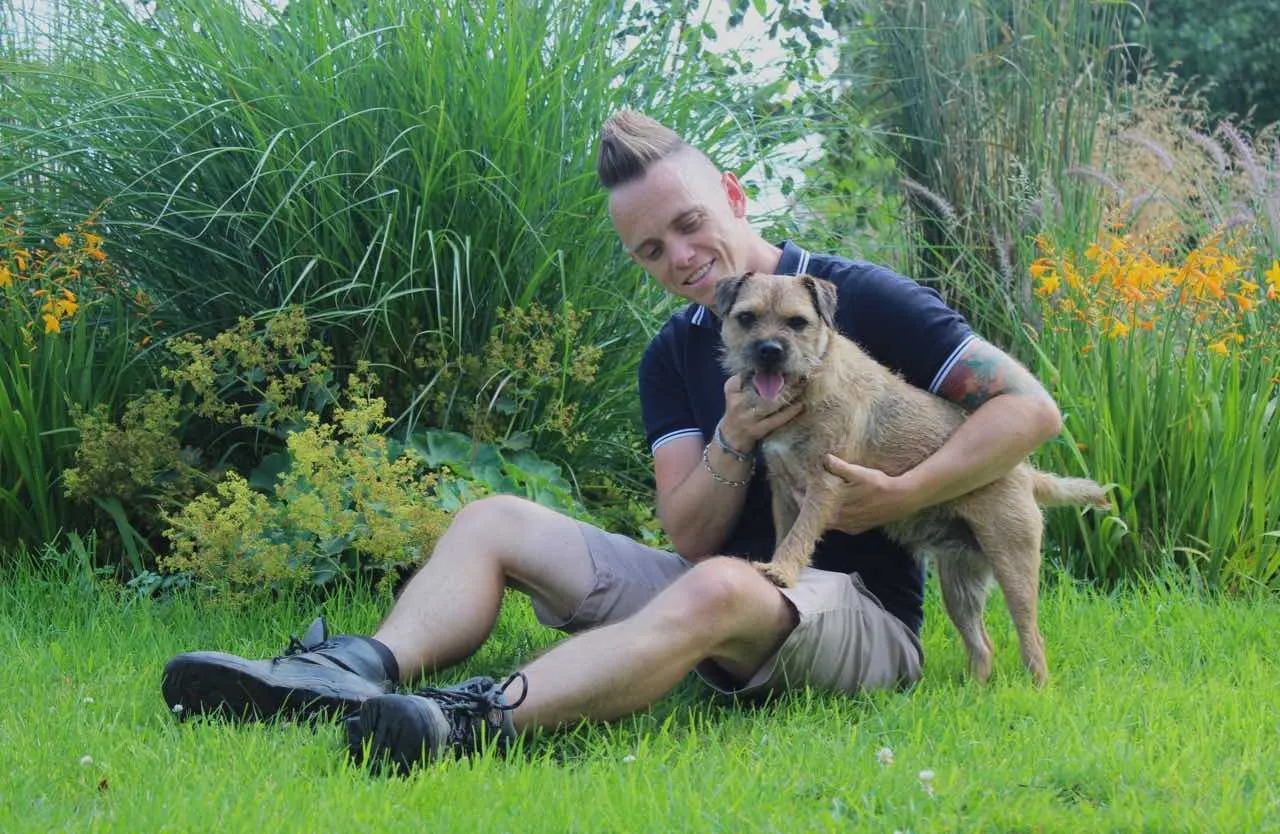Hi @little-jo
Thanks for sharing your concerns about your Pinus Schwerinii 'Wiethorst', and I can see why the pale needles might be worrying you. However, looking at your images, I can reassure you that what you're observing appears to be completely normal seasonal needle shedding that all conifers go through.
This is perfectly natural behaviour! All conifers, including pines, naturally shed their older needles as part of their annual growth cycle. What you're seeing with the pale, straw-coloured needles is actually the tree's way of shedding its older internal needles to make way for fresh growth. This process typically happens from late summer into autumn, and it's the tree's natural way of conserving energy for the newer, more efficient needles.
I can speak from personal experience here - my own Pinus templehof trees do exactly this every single year without fail! These were actually some of the specimen trees I used in The Northern Star Community Show Garden at RHS Tatton, and they performed this same natural shedding process both before and after the show. It's as reliable as clockwork, and they're now thriving back in my garden, having been through this cycle multiple times.
The pattern you've described (starting from the bottom and working upwards, affecting mainly older needles whilst newer growth remains vibrant) is exactly what we'd expect to see during normal needle drop. Pines will typically retain their needles for 2-4 years before naturally shedding them, and this usually happens from the inside of the canopy outwards.
Your tree actually looks healthy and normal from what I can see in your images. The fact that you had strong growth with multiple new candles and cones during spring and early summer shows the tree was thriving. The sap you mentioned from the pruned branches is also normal - conifers naturally produce resin, especially when they've been pruned.
Here's what's actually happening:
- Older needles (usually 2-3 years old) naturally turn pale/yellow before dropping
- This conserves the tree's energy for maintaining newer, more efficient foliage
- The process typically starts from the inner/lower parts of the tree
- New growth remains healthy and green
Rather than Diplodia Tip Blight (which typically affects new growth tips with brown/black discolouration), this appears to be textbook natural shedding. I'd recommend putting your tree back and monitoring it through the winter. You should see the pale needles drop naturally, leaving behind the healthy green growth.
For more detailed conifer care information, check out these helpful resources:
🌲 Ultimate Conifer Pruning Guide - Comprehensive guide to understanding conifer growth patterns and care
🌲 Conifer Watering and Pruning Advice Forum - Community discussion about conifer care basics
🌲 Dealing with Conifer Concerns Forum - Understanding when conifers are genuinely unwell vs natural processes
🌲 Large Conifer Management - More insights into conifer behaviour and care
The key thing to remember is that conifers are remarkably hardy trees, and this natural shedding process is actually a sign of a healthy, well-established tree. Keep monitoring it, but I suspect you'll find everything settles down beautifully as we move through autumn and winter.
Hope this puts your mind at rest!
Happy gardening!
Lee Garden Ninja
Hi @little-jo
Thanks for sharing your concerns about your Pinus Schwerinii 'Wiethorst', and I can see why the pale needles might be worrying you. However, looking at your images, I can reassure you that what you're observing appears to be completely normal seasonal needle shedding that all conifers go through.
This is perfectly natural behaviour! All conifers, including pines, naturally shed their older needles as part of their annual growth cycle. What you're seeing with the pale, straw-coloured needles is actually the tree's way of shedding its older internal needles to make way for fresh growth. This process typically happens from late summer into autumn, and it's the tree's natural way of conserving energy for the newer, more efficient needles.
I can speak from personal experience here - my own Pinus templehof trees do exactly this every single year without fail! These were actually some of the specimen trees I used in The Northern Star Community Show Garden at RHS Tatton, and they performed this same natural shedding process both before and after the show. It's as reliable as clockwork, and they're now thriving back in my garden, having been through this cycle multiple times.
The pattern you've described (starting from the bottom and working upwards, affecting mainly older needles whilst newer growth remains vibrant) is exactly what we'd expect to see during normal needle drop. Pines will typically retain their needles for 2-4 years before naturally shedding them, and this usually happens from the inside of the canopy outwards.
Your tree actually looks healthy and normal from what I can see in your images. The fact that you had strong growth with multiple new candles and cones during spring and early summer shows the tree was thriving. The sap you mentioned from the pruned branches is also normal - conifers naturally produce resin, especially when they've been pruned.
Here's what's actually happening:
- Older needles (usually 2-3 years old) naturally turn pale/yellow before dropping
- This conserves the tree's energy for maintaining newer, more efficient foliage
- The process typically starts from the inner/lower parts of the tree
- New growth remains healthy and green
Rather than Diplodia Tip Blight (which typically affects new growth tips with brown/black discolouration), this appears to be textbook natural shedding. I'd recommend putting your tree back and monitoring it through the winter. You should see the pale needles drop naturally, leaving behind the healthy green growth.
For more detailed conifer care information, check out these helpful resources:
🌲 Ultimate Conifer Pruning Guide - Comprehensive guide to understanding conifer growth patterns and care
🌲 Conifer Watering and Pruning Advice Forum - Community discussion about conifer care basics
🌲 Dealing with Conifer Concerns Forum - Understanding when conifers are genuinely unwell vs natural processes
🌲 Large Conifer Management - More insights into conifer behaviour and care
The key thing to remember is that conifers are remarkably hardy trees, and this natural shedding process is actually a sign of a healthy, well-established tree. Keep monitoring it, but I suspect you'll find everything settles down beautifully as we move through autumn and winter.
Hope this puts your mind at rest!
Happy gardening!
Lee Garden Ninja
 Lee Burkhill: Award Winning Designer & BBC 1's Garden Rescue Presenters Official Blog
Lee Burkhill: Award Winning Designer & BBC 1's Garden Rescue Presenters Official Blog



